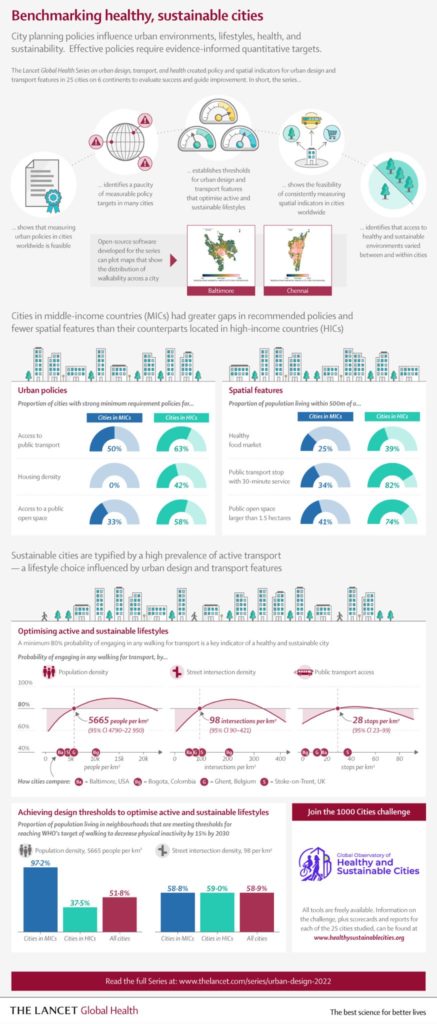I recently coauthored an article in Urban Studies with Julia Harten titled “Access to the Exclusive City: Home Sharing as an Affordable Housing Strategy.” We examined how shared housing serves increasingly diverse populations as a pathway into otherwise unaffordable housing submarkets.
From the abstract:
Home sharing, particularly via online platforms, is becoming a mainstream housing strategy as social processes evolve and housing costs rise. Recent research has studied shared rentals as a modality for students and kin-based households, as one strategy among diversifying pathways to housing and as a social phenomenon. However, we still know little about whether it actually creates opportunities for home seekers in unaffordable markets. Analysing online rental listings in Los Angeles, we find that shared rentals are both more affordable and more widely available across diverse neighbourhoods than traditional whole-unit rentals. Shared rentals have historically been understudied due to their limited data trail, but they offer important entryways into unaffordable markets. We argue for shared housing research to shift its traditional focus away from students and young adults and towards a broader exploration of the diverse populations that may benefit from or depend on shared housing.
For more, check out the article.
